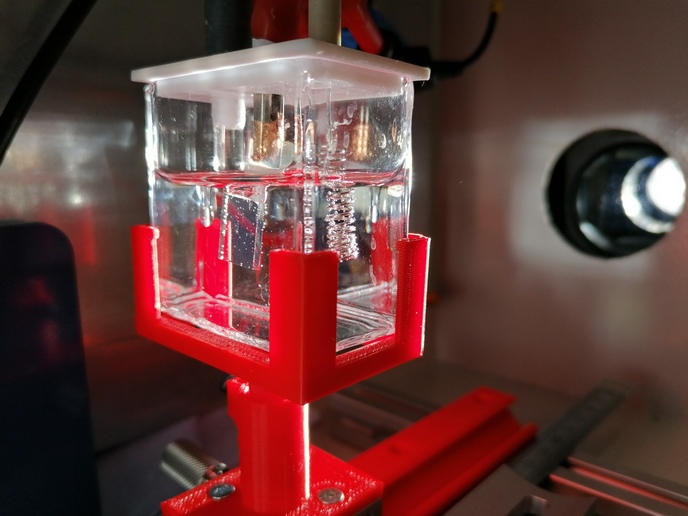Boosting capacity for nanoscience research
The 'Reinforcing nanostructure laboratory' (Nanolabfor) project assisted ongoing development at the nanoscience research centre Nanostructure Laboratory (NanoLab) of the Faculty of Physics at the University of Belgrade in Serbia. Boosting the centre, already well recognised in the nanotube physics community, was a matter of national importance for dissemination of knowledge and technological progress. Project objectives were accomplished using a comprehensive approach to strengthening human and material resources for attaining high standards of theoretical and experimental research. Efforts to upgrade the NanoLab material basis included the purchase of new equipment and informational resources. Existing experimental lines were also improved by being completed, renewed and repaired, as needed. NanoLab human resources were strengthened with the employment of three young scientists in the first year. Experts, especially from the collaborating laboratories, offered training aimed at intensive development in nanoscience to be realised through new experimental and theoretical methods. Research networking activities boosted already well-established collaborations with leading EU research laboratories, and a complementary approach to various scientific problems resulted in a number of jointly produced scientific papers in leading international journals. Nanolabfor partners organised two workshops, and joint results were presented on 10 occasions at international conferences. This line of action was therefore also successful in realising the exchange of knowledge and collaborative research. Nanolabfor also actively worked to disseminate nanoscience methods to the local community by offering many popular seminars and lectures. The media presence at such events increased the centre's visibility, and a redesigned website was launched for communicating information on the project, NanoLab activities and nanoscience in general.







